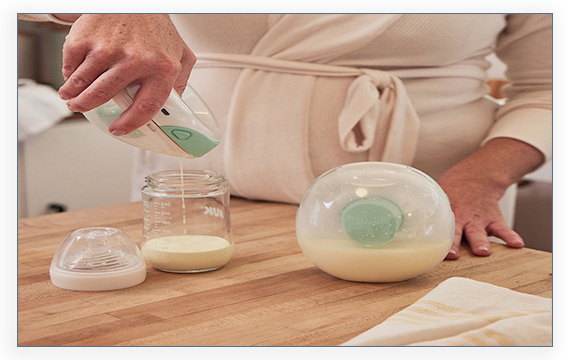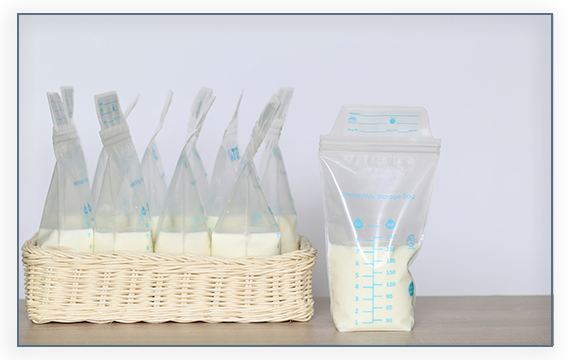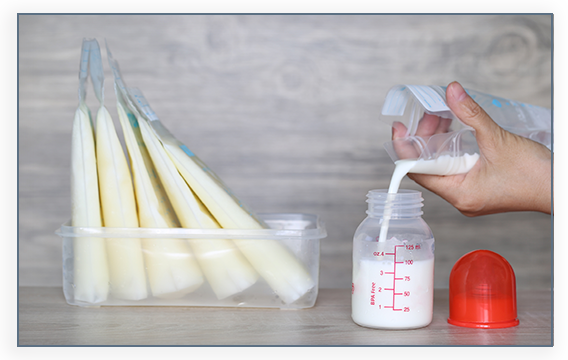HOW TO TELL WHEN YOUR BABY IS HUNGRY OR FULL?
From birth to 6 months old, your infant will progress through a series of signs showing that he or she is hungry. The typical progression is:
- Infant will begin smacking lips, clucking tongue, and opening closing his/her mouth in a sucking motion (even during sleep).
- Infant will root – turning head toward caregiver and opening/closing mouth in a sucking motion.
- Infant will begin bringing hands to mouth.
- Infant will clench hands into fists and increase sucking on hands.
- Infant will begin to show lines of stress in his or her face.
- Infant will begin to cry.
It is important to note that crying is often a late sign of hunger. Look for signs 1-5 to better anticipate your baby’s needs and begin feeding when he or she is still calm.
FULLNESS CUES: BIRTH – 6 MONTHS
As your baby becomes full, you will notice the following signs:
- The lines in baby’s face will begin to smooth out.
- Hand that were tightly fisted and up near the cheeks will begin to slowly open. Arms will relax and drop to the sides.
- Baby will no longer maintain a tight seal at breast or on the bottle, and milk will begin to leak at the corners of the mouth.
- Baby will turn away from the feeding and refuse to re-latch onto your breast or the bottle.
It is important to note that if your baby has fallen asleep but still exhibits lines on the face or fisted hands, he/she is not yet full and will wake up shortly to re-feed. Take time to burp your baby, change his/her diaper and gently arouse him/her to complete the feeding. This will result in a more successful feeding and better rested baby and mom!
Want to learn more, listen to our podcast below!
Tags: Baby, Breastfeeding, Breastmilk, Feeding, Formula, Mom, Newborn, Schedule




